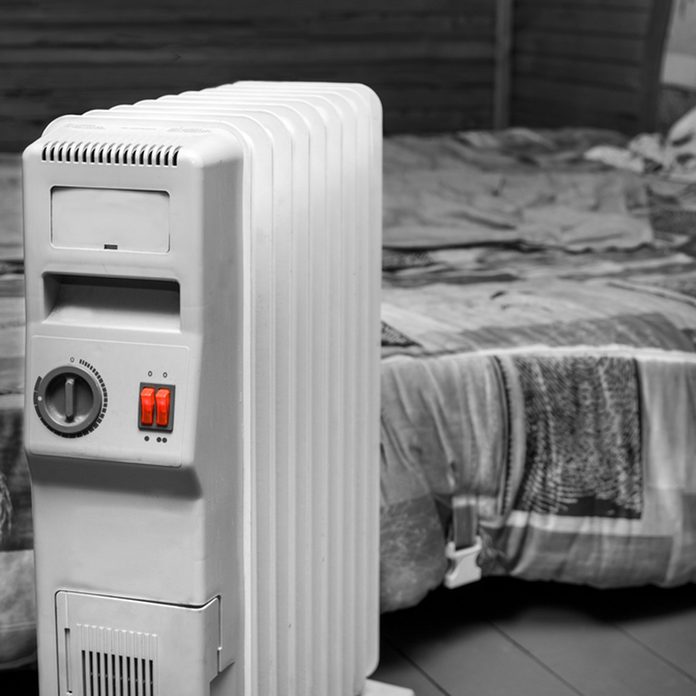
Portable Electric Heater
Larger portable electric heaters often draw 1500 watts, or 1.5 kW per hour. It’s easy to see how fast this adds up. There’s a reason electricians recommend steering clear of heating your home with electricity.
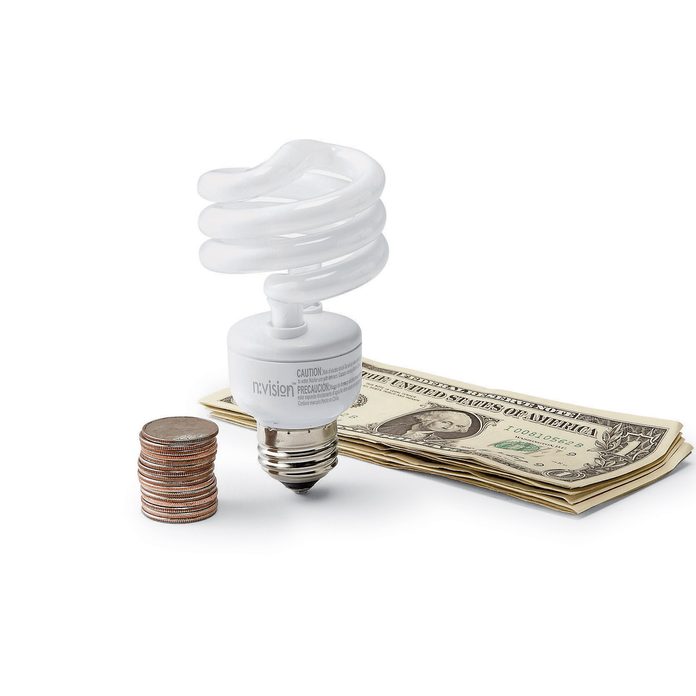
CFL bulb
CFL bulbs will provide 10,000 hours of light and use $10.40 of electricity (at eight cents per kilowatt hour). To get the same output with incandescents, you would have to use seven bulbs, which would cost less up front, but the electricity would cost $48.
Replacing incandescent bulbs with compact fluorescent lightbulbs (CFLs) is one of the quickest, easiest ways to save money—and a place everyone can start. CFLs use about 75 percent less energy and last up to 10 times longer than incandescent bulbs. This can save you up to $35 in electric costs over the lifetime of each bulb. Switching to CFLs in the five most frequently used fixtures in your house will save about $60 per year, according to Energy Star.
Choose CFLs with the Energy Star label to get the greatest savings. Energy Star products have to meet energy-efficiency guidelines set by the EPA and the Department of Energy. When you shop, keep in mind that light fixtures with dimmers require special CFLs; read the label.
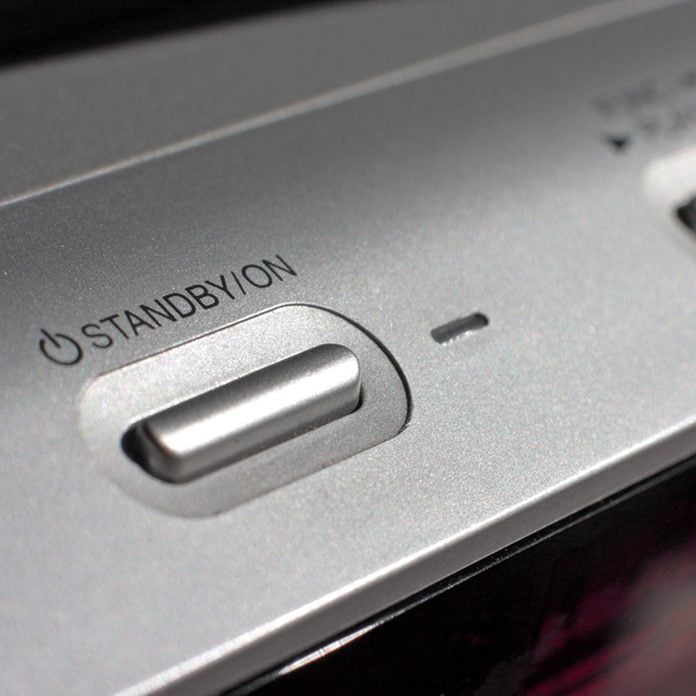
DVD Player
A DVD player uses around 1-13 watts and will use around a penny’s worth of electricity an hour. The average cost for electricity in the U.S. is 13.28 per kilowatt hour. A typical home consumes 908 kWh a year. The conversion to kWh is take the watt consumption per hour, divide it by 1,000 and multiply it by the cost per hour.
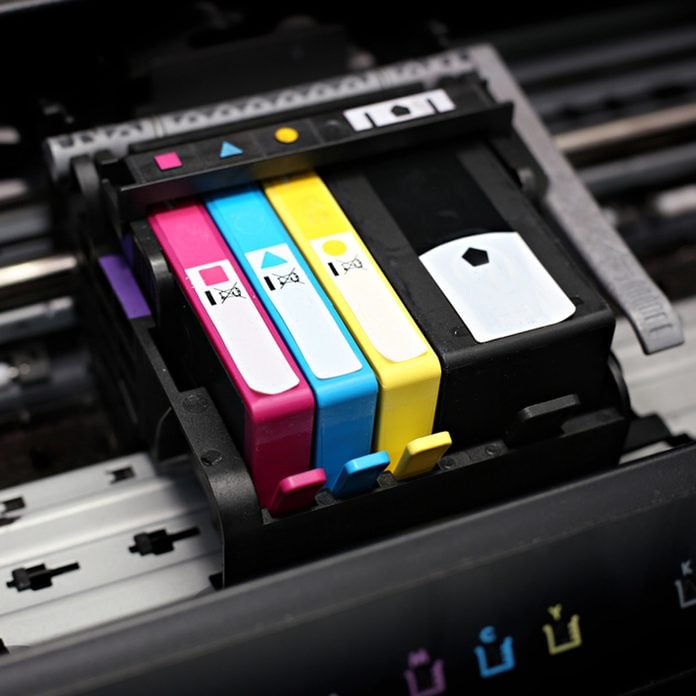
Computer Printer
A printer consumes around 4-6 watts and will run between .0005132 and .0007698 kWh, plugged in 24 hours a day, that will cost about 40 cents a month to 55 cents.
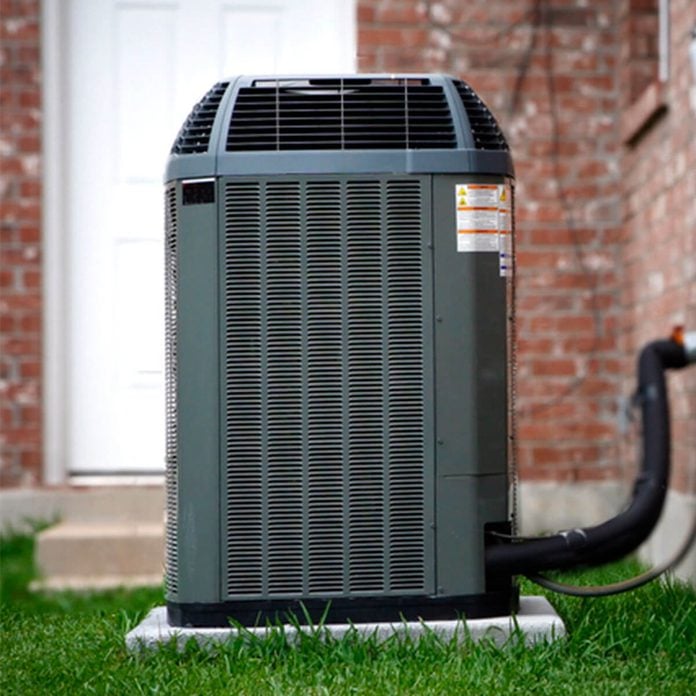
Air Conditioner
An air conditioner will use between 2,000-4,000 watts or .2556 kWh or .5132 kWh. Central air will use about three kWh per hour, which translates to about 33 cents an hour.
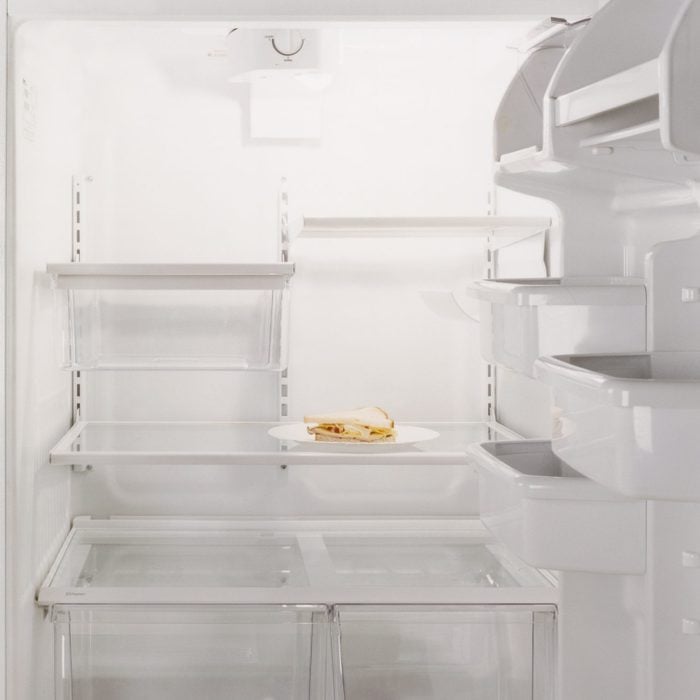
Refrigerator
The electricity a refrigerator uses varies by its size and how new it is. Newer Energy Star appliances will use less energy. Older refrigerators will cost from $9.90 to $16.50 a month to run. New refrigerators cost between $3.80 a month to $6.60 a month, according to this appliance energy use chart put together by Silicone Valley
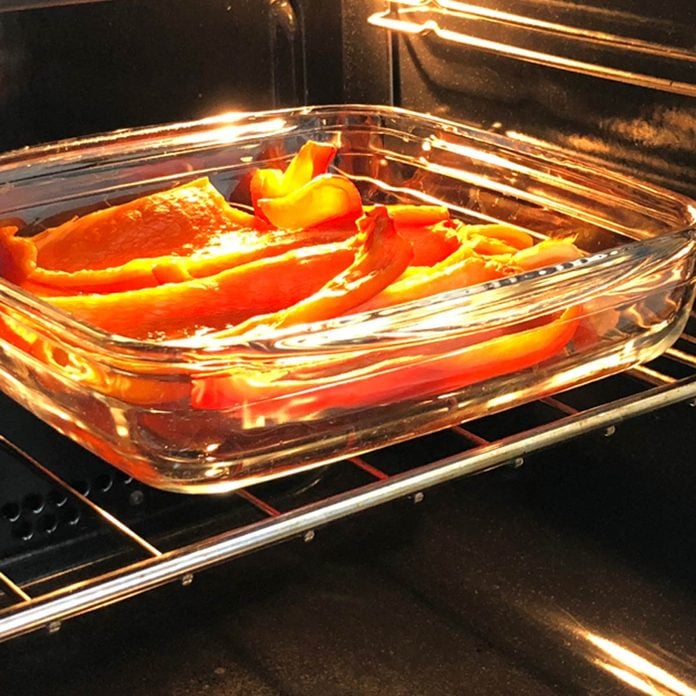
Oven
An oven will use about 2.3 kWh an hour, which is about 25 cents an hour, according to Silicon Valley Power.
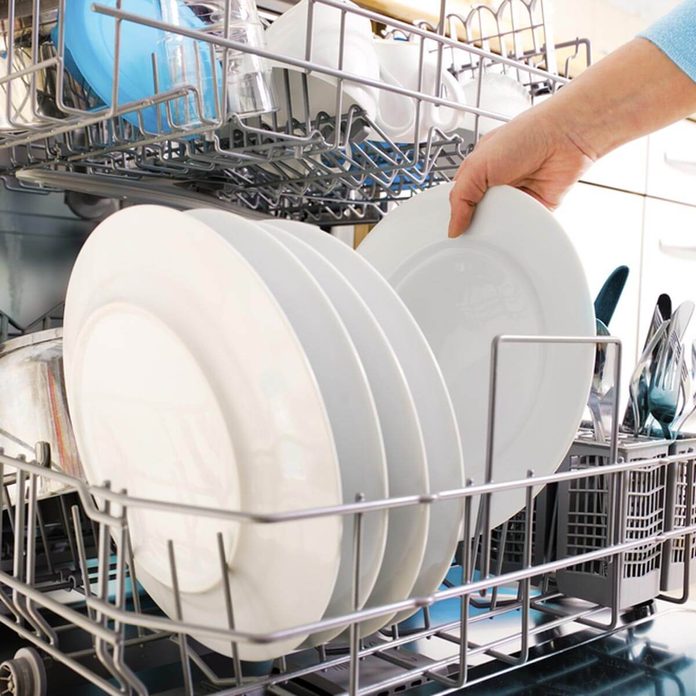
Dishwasher
According to Silicon Valley Power, a dishwasher can range in electricity use and ranges from six cents per load to 24 cents a load. An energy saver cycle is on the lower end of the range and a normal cycle will cost you more.
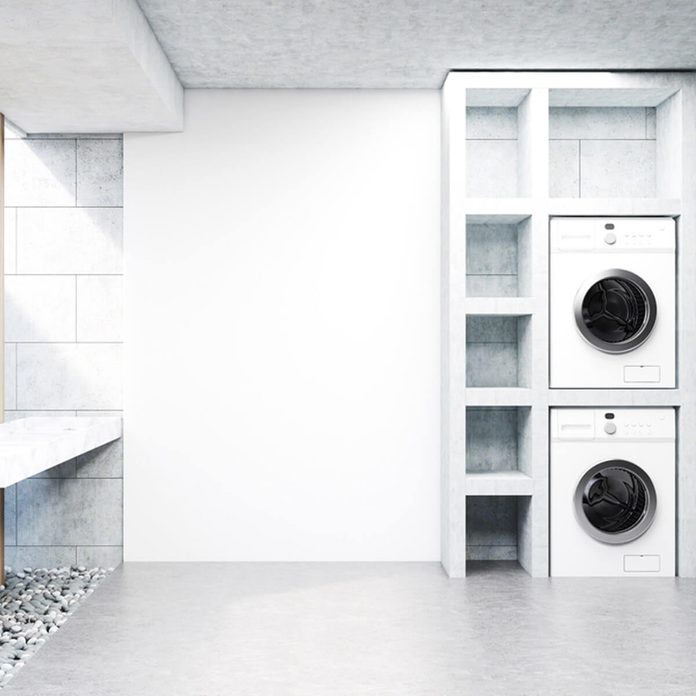
Washer
Depending on the water temperature, a clothes washing machine will use between 2.3 kWh per load and 6.3 kWh. That equates to between 25 and 69 cents a load, according to the appliance energy use chart. Save yourself from a potential laundry room flood and a flood of money spent on repairs by adding this to your laundry room.
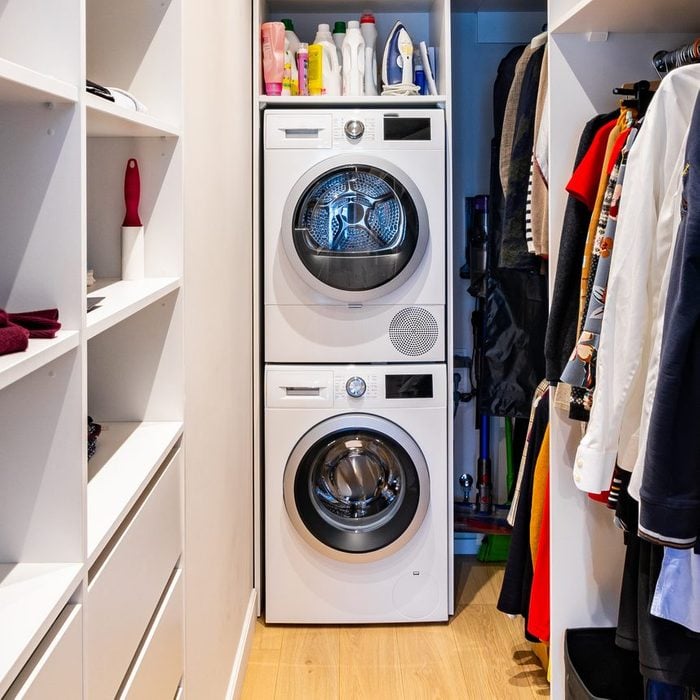
Dryer
A dryer typically uses between 2.5 to 4 kWh per load, it varies depending on the weight of the load. The energy use chart says that works out to be around 28 to 44 cents a load.

Desktop Computer
A desktop computer typically uses between one-three cents per hour but when its in sleep or standby mode that drops to less than a penny an hour, according to the energy use chart. Has your computer slowed down lately?
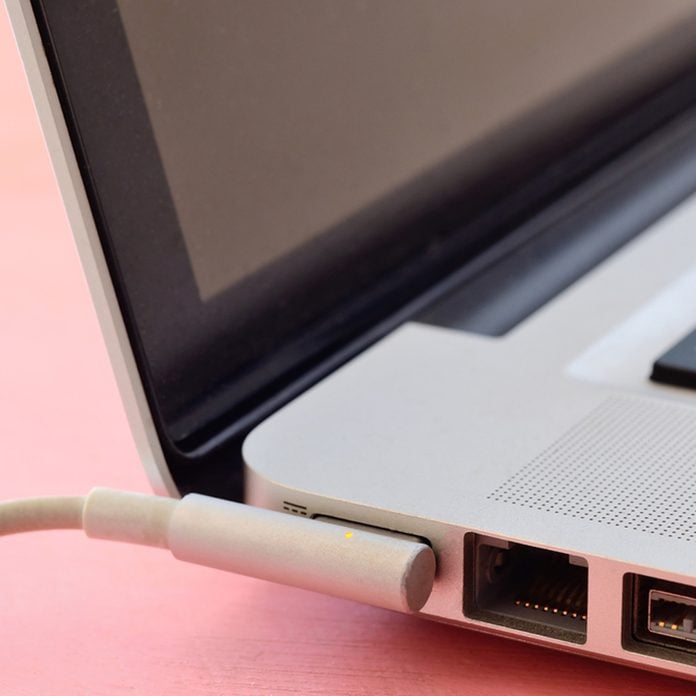
Laptop Computer
According to the energy use chart, a laptop computer typically uses 50 watts and will cost less than a penny an hour to run.
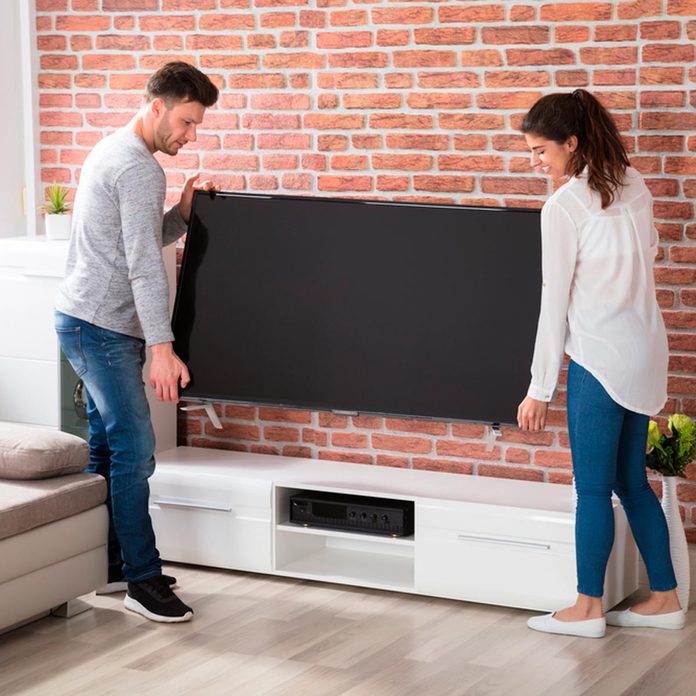
TVs
TVs consume anywhere from a penny to five cents an hour to run, depending on the type of TV, according to the appliance energy use chart.
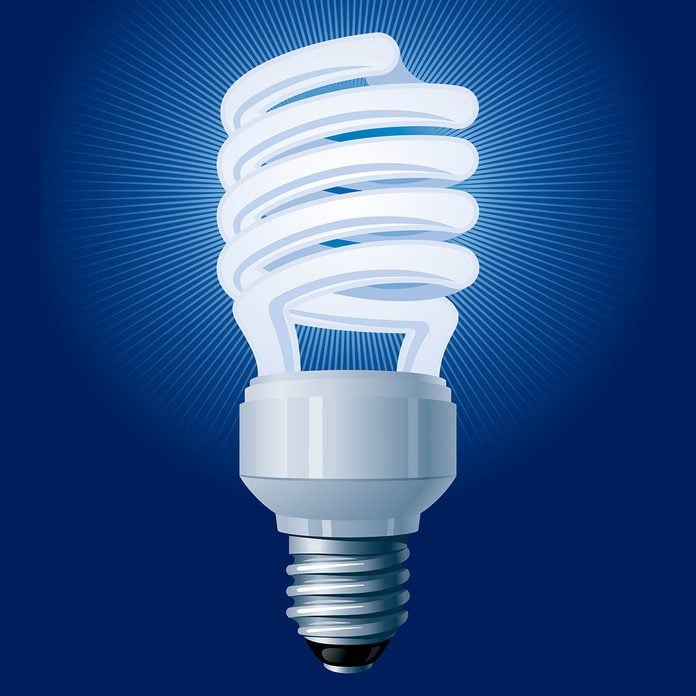
Light Bulbs
A LED light bulb uses just seven to ten watts while a fluorescent light bulb consumes 16-20 watts, an incandescent light bulb will use 60 watts typically and cost about 0.6 cents an hour to run, according to the energy use chart.
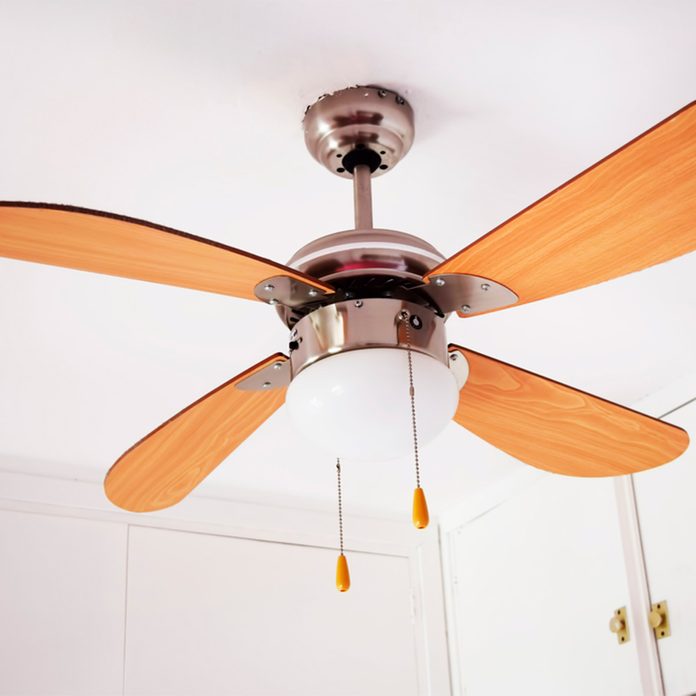
Ceiling Fan
A ceiling fan uses 25-75 watts depending on usage and will cost about a penny an hour to run, the appliance energy use chart reports.